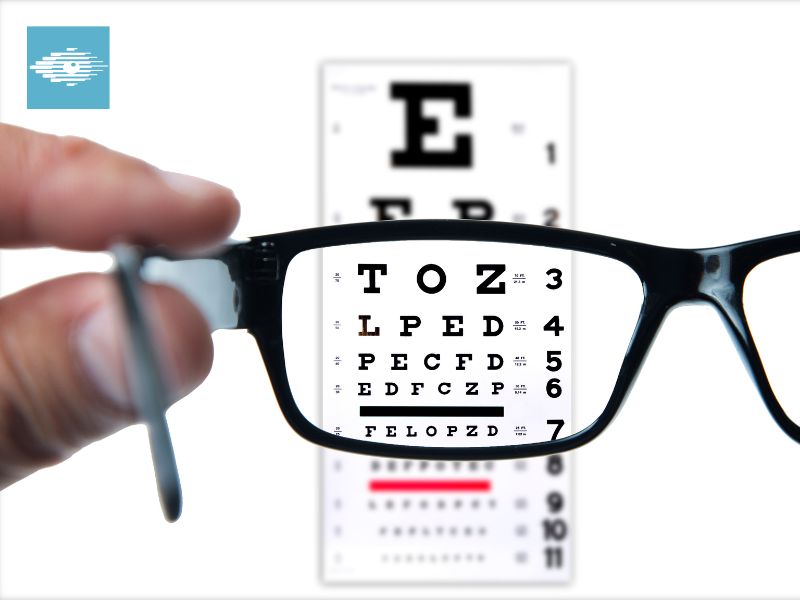Why Do Optometrists Ask 1 or 2?
When visiting an optometrist, many patients often find themselves puzzled by the recurring question: “Which is better, 1 or 2?” This phrase may seem simple, but it serves a crucial role in the eye examination process. Understanding this question can not only help you respond better but also elevate your experience during the consultation. Here, we delve into the significance of this question and why it’s an essential part of eye care.
The Purpose Behind the Questions
Assessing Vision Clarity
The question “1 or 2?” is primarily used by optometrists to gauge your vision clarity through a technique known as subjective refraction. During this part of the eye exam, your optometrist will switch between different lenses to determine which option provides the clearest vision. This subjective approach is vital as it takes your input into consideration, allowing the optometrist to tailor the prescription to your specific needs.
Enhancing Comfort Levels
Besides simply determining clarity, another underlying motive for the “1 or 2?” query is to enhance your overall visual comfort. Many patients experience discomfort with certain prescription lenses, and your responses help the optometrist understand your preferences. By asking these questions during the exam, the optometrist aims to find a lens that minimizes eye strain and maximizes comfort for your daily activities.
The Mechanics of “1 or 2”
The Testing Process
Typically, during this part of the exam, the optometrist will show you a series of letters in varying sizes and ask you to differentiate the clarity of the images behind different lenses. For instance, as they flip through a lens machine, they will present two different lens options in succession, prompting you to answer “1” for the first lens or “2” for the second. Your responses help the optometrist in pinpointing the exact combination of lenses that provide the best vision for you.
The Importance of Patient Feedback
One of the key elements in the optometric examination process is the reliance on patient feedback. Your input not only helps the optometrist decide on the most suitable lenses but also ensures a collaborative approach to eye care. By understanding your visual preferences, the optometrist can offer insights tailored to your specific needs, which is particularly valuable in achieving optimal vision.
Additional Considerations: Questions for Your Optometrist
While the “1 or 2?” question is a fundamental aspect of your visit, it’s important to remember that your consultation can also serve as an opportunity for you to ask questions for your optometrist. Here are some examples of insightful queries you might consider:
Commonly Asked Questions
- What signs should I look out for that would indicate a change in my vision?
- How often should I have my eyes checked?
- Are there any lifestyle changes I can make to improve my eye health?
These questions can further enrich the examination experience and build a stronger understanding between you and your optometrist.
Understanding Your Prescription
It can also be beneficial to ask your optometrist to explain the details of your prescription. Understanding the values and notations can empower you as a patient. This knowledge will not only help you when purchasing glasses or contact lenses but also keep you informed on what to expect during follow-up visits.
Final Thoughts
Understanding why optometrists ask “1 or 2?” opens up a valuable dialogue about your vision health. This simple yet essential question is part of a larger process aimed at refining your prescription to suit your visual needs, thereby enhancing clarity and comfort.
Moreover, being proactive during your eye check-ups by asking questions for your optometrist can lead to better eye care practices and awareness. By participating actively in the conversation about your vision, you empower yourself with knowledge that contributes to long-term eye health. So the next time you visit your optometrist, remember that your answers hold the key to achieving the best visual outcomes!
Visit our blog page for more interesting articles

